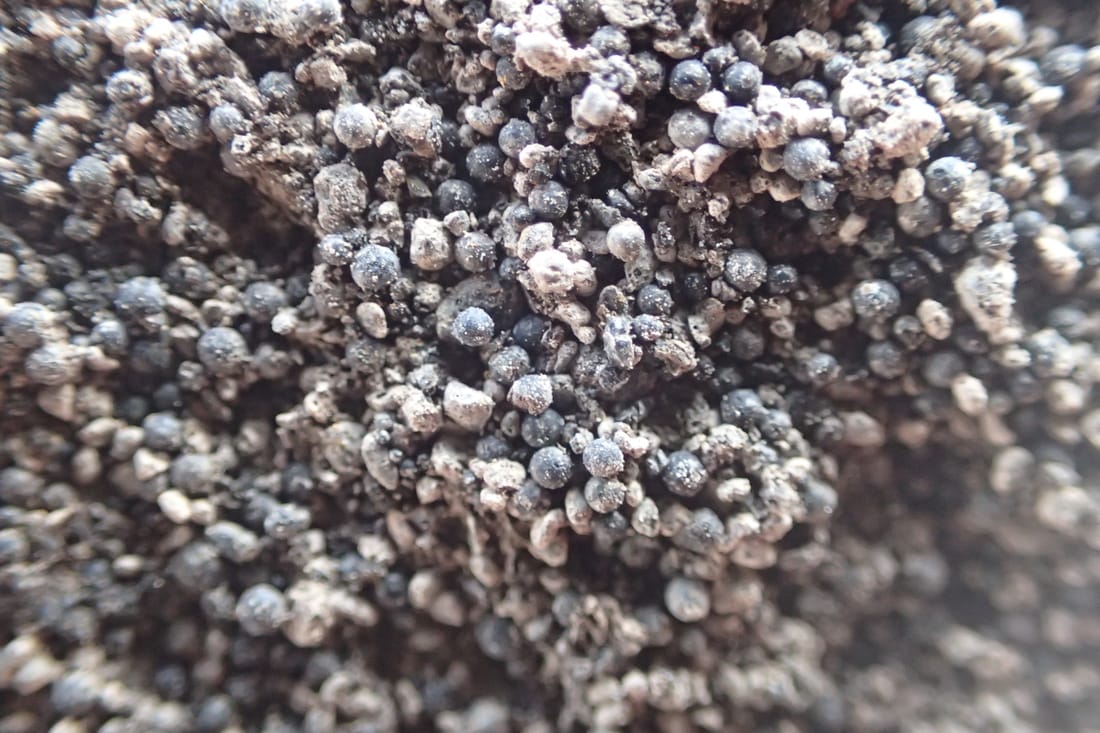EMBRYOS?
THE DOUSHANTUO MICROFOSSIL ASSEMBLAGE
|
The Doushantuo 'Embryos'
Microfossils from the Doushantuo Formation were first described in ??? (REF), and described as algal fossils and acritarchs. However, a sub-set of the specimens were interpreted as the embryos of metazoans (Xiao et al., 1998); a suggestion that sparked considerable debate, since they may extend back as far as 600 million years in age. Arrangements of 1, 2, 4, 8, 16, 32 cells have now been supplemented by specimens showing all numbers of 'cells', up to 100s, some of which now occur in peanut and spiral morphologies. Alternative suggestions that the specimens represent giant sulfur bacteria (Bailey et al., 2007), and the embryos of non-metazoan holozoans (Huldtgren et al., 2011) have been debated. A host of high-resolution imaging, geochemical and petrological techniques have been used to address the question of what these specimens may be, but the most recent publications on this material are yet to reveal a clear interpretation (Chen et al., 2014; OTHER REF). |


